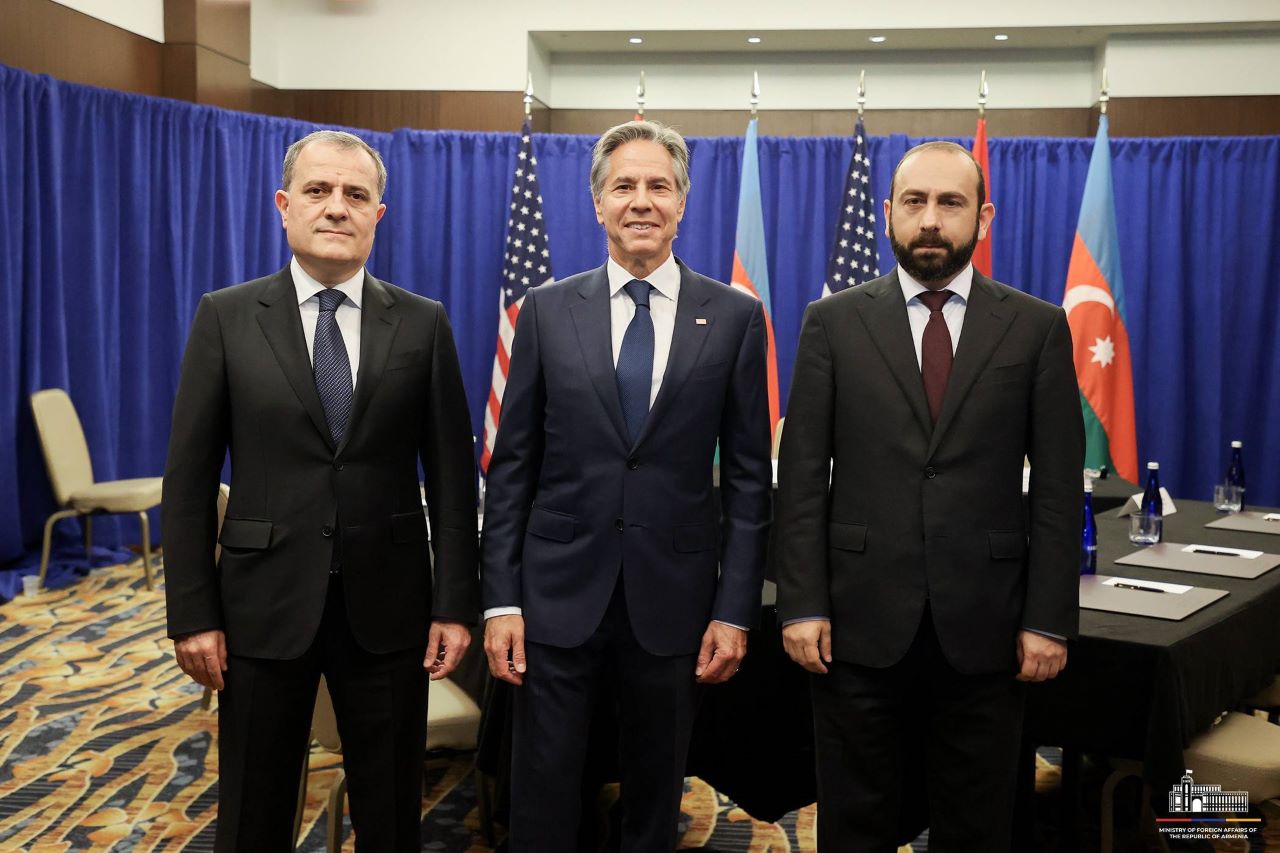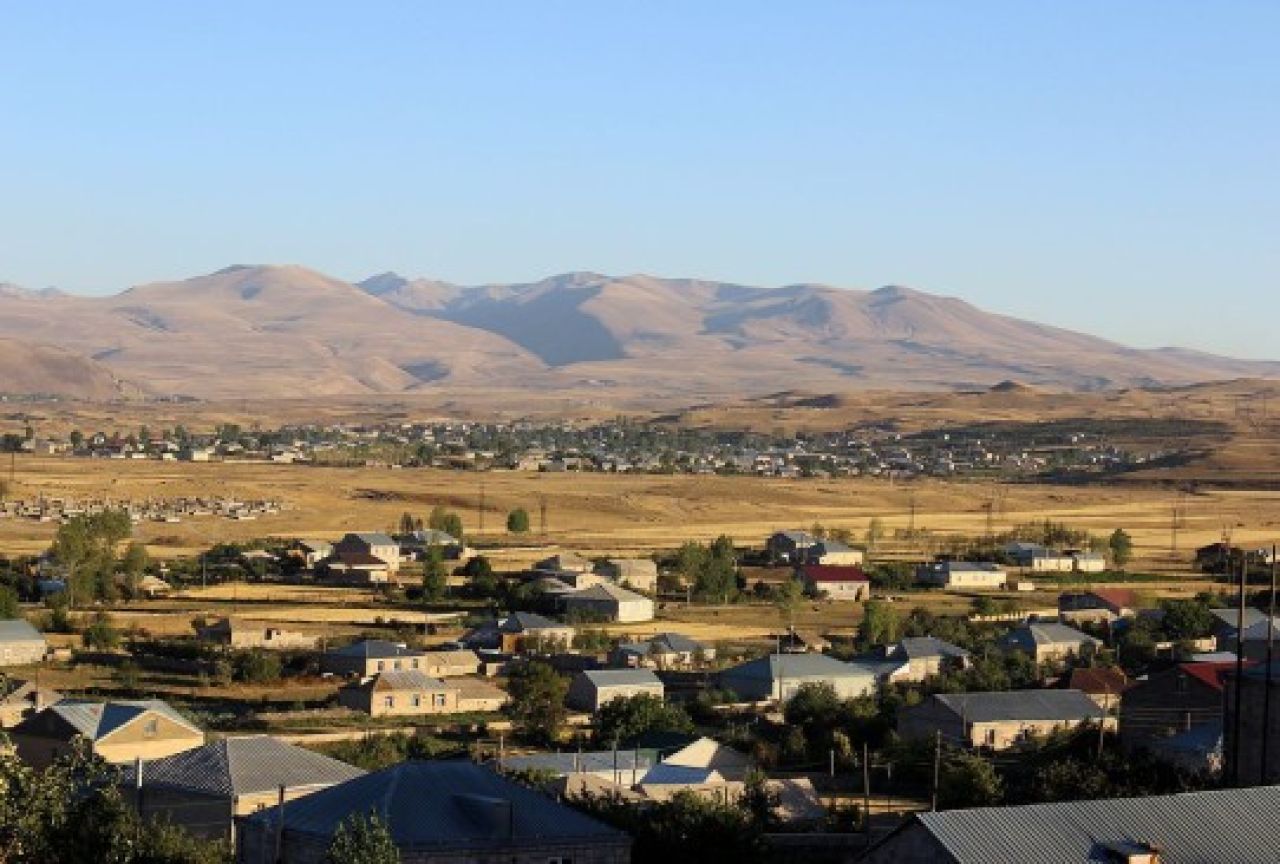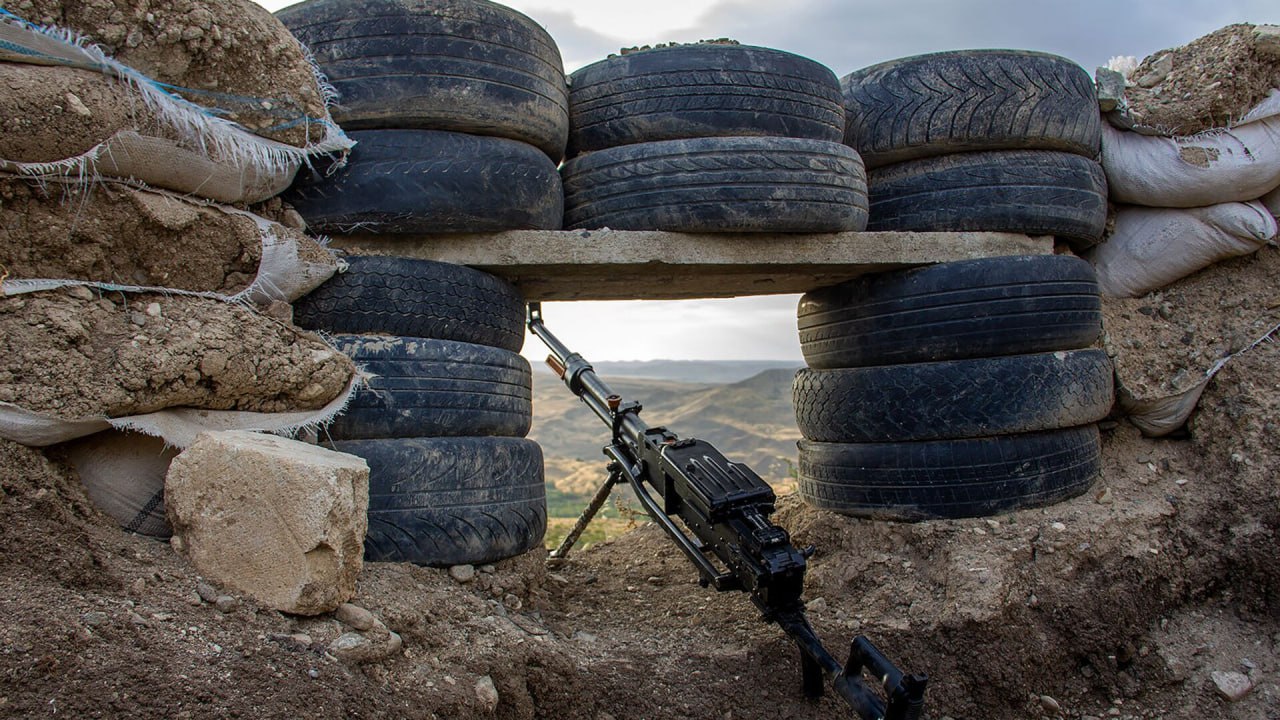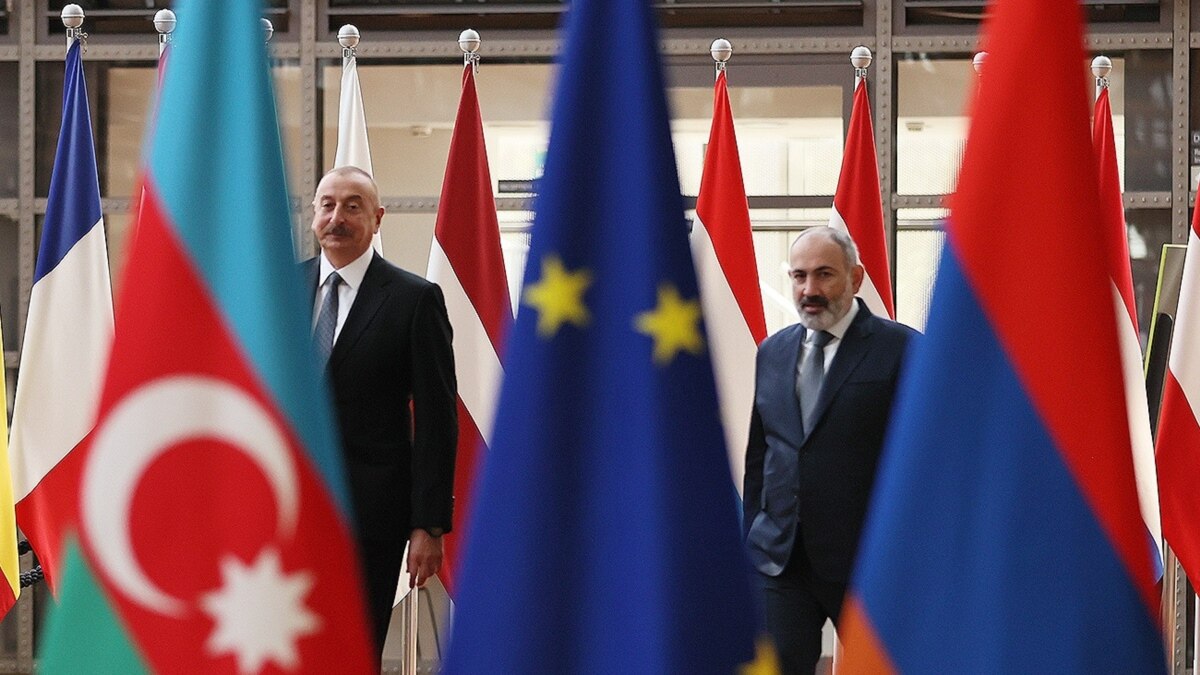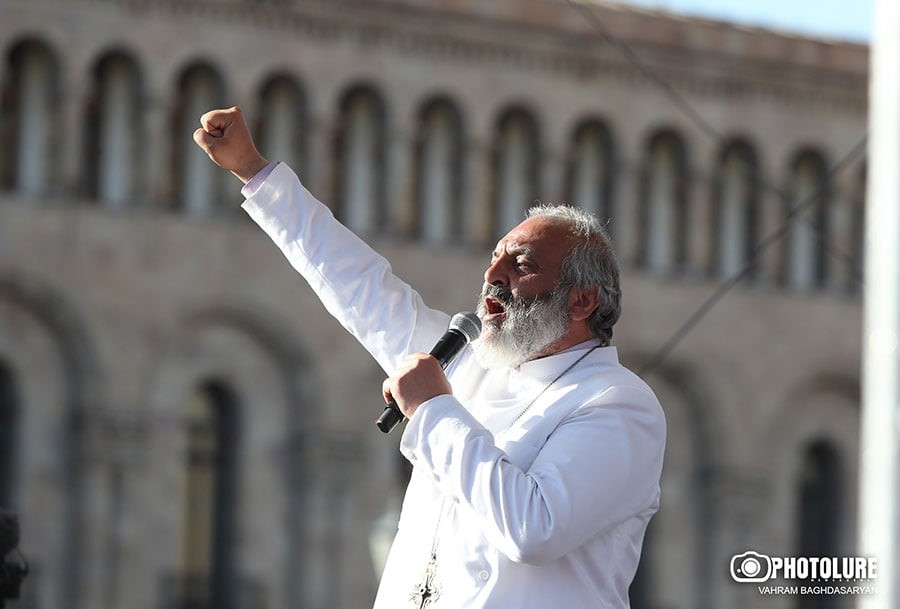Karabakh: another escalation or a new war? How is it related to the war in Ukraine?
Escalation in Karabakh
It has been almost a month since disturbing news started coming from Karabakh.
A year and a half after the signing of the trilateral ceasefire statement (November 10, 2020),it was relatively calm on the line of contact between the troops. But now, official press releases of the Ministry of Defense of Azerbaijan about the violation of ceasifire from the Armenian side, reports from the Ministry of Defense of Armenia about the shooting from the Azerbaijani side, and reports from the Armenian media about the psychological pressure that the civilian population is subjected to come every day.
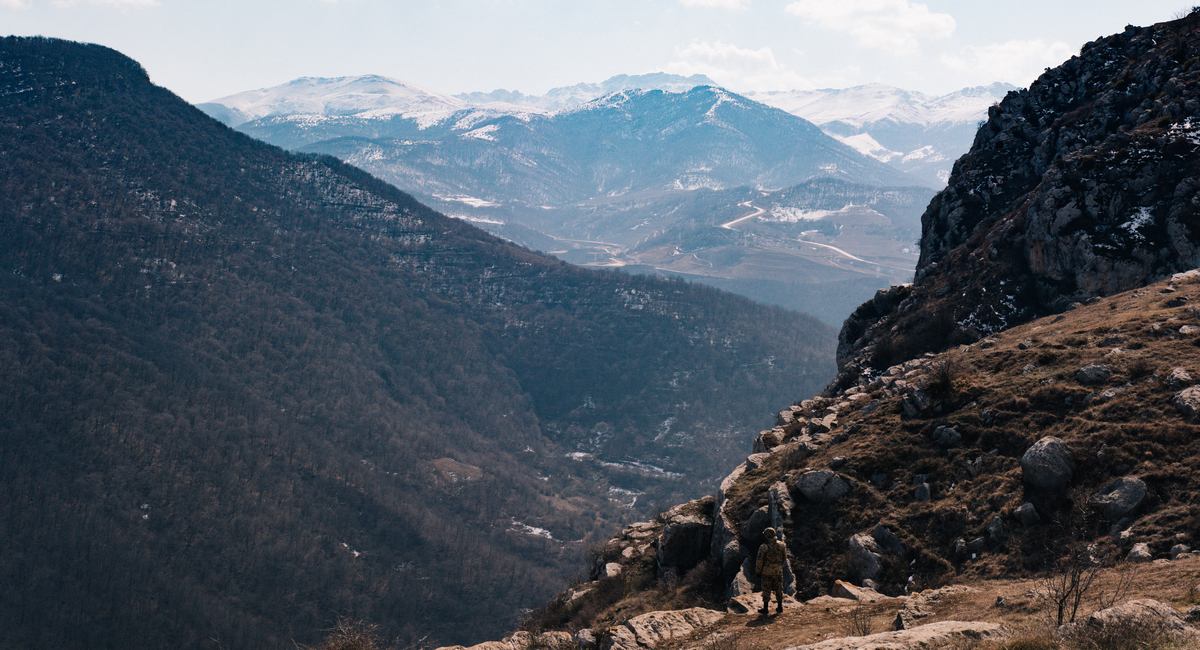
The confrontation reached its peak when it was reported that the strategically important height of Farrukh and the ruins of the village of the same name (Armenians call it Parukh) came under the control of the Azerbaijani army.
Prior to this, the Azerbaijani side announced repair works and cut off the supply of natural gas from the territory of Armenia to Khankendi (Stepanakert) and other settlements of Karabakh in the zone of responsibility of the Russian peacekeeping forces (by the time this article was published, gas supply had already been restored).
There have been reports about Azerbaijani side playing, through the loudspeakers, a recording demanding Armenian residents to leave their places of residence – and there is no reason not to trust these reports.
On March 11, a video appeared on telegram channels showing part of the Russian peacekeepers leaving Karabakh.
On March 27, the website of the peacekeepers, which had not been updated for two weeks, finally “came to life” again and posted information in which it accused Azerbaijan of violating paragraph 1 of the joint trilateral ceasefire statement, which put an end to the second Karabakh war in the fall of 2020.
The Azerbaijani defense ministry made a response statement, in which it shifted the responsibility for the failure to comply with the points of the statement to the Armenian side and accused Russian peacekeepers of exceeding their powers.
At present, the situation around the height and the village of Farrukh (Parukh) is rather unclear, the information of the three parties contradicts each other.
What is behind all this and why is it happening now?
In my opinion, there are two possible reasons.
First: Russia is distructed by the war in Ukraine and has no time for Karabakh
According to this version, Azerbaijan decided to take advantage of the situation and is trying to “squeeze out” the Karabakh Armenians from its internationally recognized territory. The fact that the Azerbaijani government signed a memorandum with Iran on creation of the road to Nakhichevan running through the territory of Iran fits into this version.
This happened after Armenia refused to provide a corridor through Meghri, which was supposed to connect the main part of Azerbaijan with its exclave, the Nakhichevan Autonomous Republic. This corridor was supposed to conviniently connect Russia and Armenia.
It seems to me that initially, Azerbaijan expected that it would be an extraterritorial corridor, that is, there would be no Armenian border and customs posts.
And in the ninth paragraph of the agreement between Aliyev, Putin and Pashinyan on a ceasefire in Nagorno-Karabakh, “unhindered movement” is spelled out(which is not the case with Lachin corridor, which connects the former Nagorno-Karabakh Autonomous Region with the territory of Armenia).
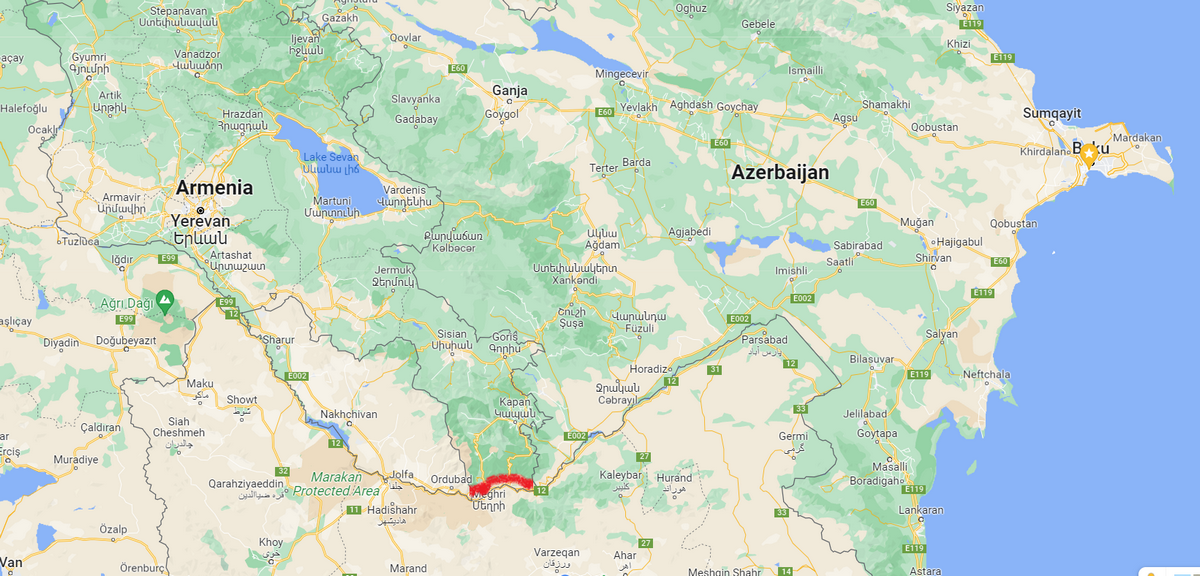
However, Armenian authorities refused to provide such an extraterritorial corridor. And a simple road with two posts, even one controlled by Russian forces, is unprofitable for Azerbaijan, and you will most likely have to pay for it.
Therefore, the Azerbaijani government signed a memorandum with Iran on сreation of a road to Nakhichevan through the territory of Iran. For this, two bridges across the Araks River will have to be built.
It turns out that Armenia will lose its rail and road links with Russia through Meghri. (alhtough they are not mutually exclusive, it is possible to build two corridors). Ordinary goods will go through Meghri, and, for example, military goods will go through Iran, so that the customs of Armenia will not see them.
Thus, Azerbaijan, as it were, demonstrates that it has alternative solutions to the transport problem.
The second possible reason is an agreement with Russia
On February 22, the Presidents of Russia and Azerbaijan signed a Declaration on “Allied Cooperation” (a tricky term) in Moscow. This happened the day after the recognition by the Russian Federation of the separatist enclaves in Donetsk and Luhansk.
It is clear that this agreement has been prepared for a long time, there are points that suit Azerbaijan. But the time chosen for the signing makes one wonder.
It is also important that Russia’s recognition of the separatist governments in Donetsk and Luhansk has greatly harmed Karabakh Armenians. It will now be more difficult for them to seek recognition of their “Republic of Artsakh”, because after the war in Ukraine, these “recognitions” can quite legally be considered casus belli (a reason for war, in our case, already the third one).
After the 44-day war, in January 2021, a Russian-Turkish monitoring center was created in the Aghdam region, which was supposed to monitor the maintenance of the ceasefire.
For a period of more than one year, this center has not made a single public statement about whether the ceasefire was violated, and who specifically violated it.
Are they turning a blind eye to this? For example, Azerbaijan has made an agreement with Turkey. But what about Russia?
Azerbaijan is not ready to accept two million of its fellow citizens who now live in Russia
As for the implications of the war in Ukraine for the region as a whole, the weakening of Russia is inevitable, no one will argue with that.
For Azerbaijan, this is another additional risk of the flow of migrants. Now the border with Russia is still closed, both air and land, these are the consequences of the pandemic. But if the war drags on, the flow of migrants is inevitable, and in Russia there are from 2 to 2.5 million (!) ethnic Azerbaijanis.
I am sure that the Azerbaijani authorities are not at all interested in such an influx and possible destabilization of the situation.
Will there be a new war in Karabakh?
Probably yes.
In any case, the civilian population should not suffer in any way. I will certainly be criticized for this proposal, but if I were the Armenian authorities, I would build temporary shelters on the border somewhere in Goris and evacuate the civilians of Stepanakert and other Armenian-populated cities there.
Even if it is temporary, they must return to Shusha, and to Hadrut, and to other villages. But until a peace treaty is signed, there is a threat of war and it is necessary to provide civilians with the right and opportunity to voluntarily leave the danger zone.
Trajectories is a media project that tells stories of people whose lives have been impacted by conflicts in the South Caucasus. We work with authors and editors from across the South Caucasus and do not support any one side in any conflict. The publications on this page are solely the responsibility of the authors. In the majority of cases, toponyms are those used in the author’s society. The project is implemented by GoGroup Media and International Alert and is funded by the European Union













